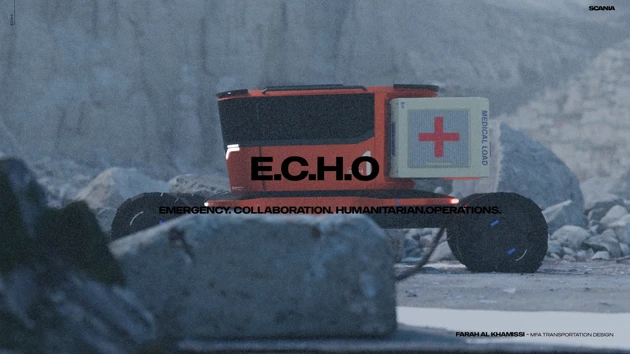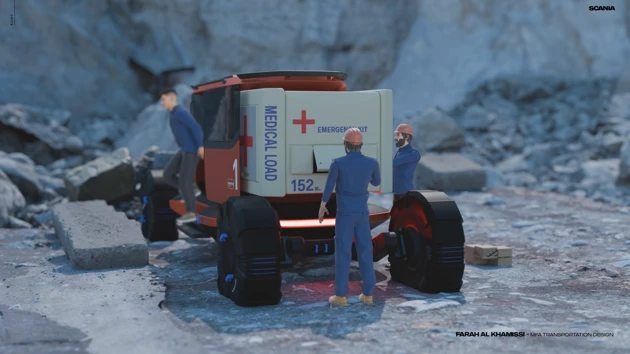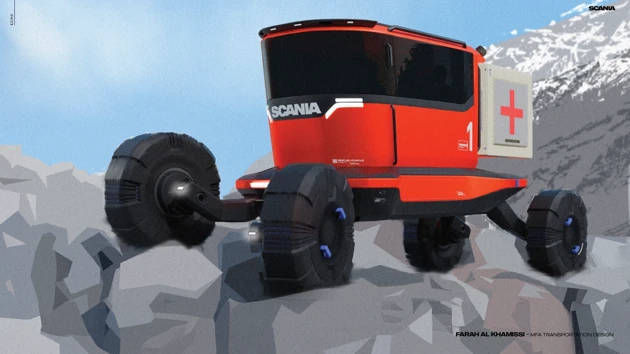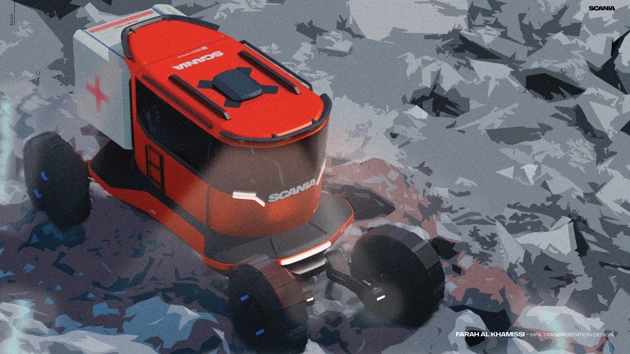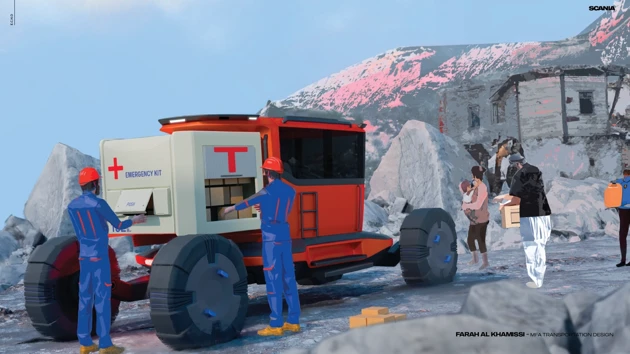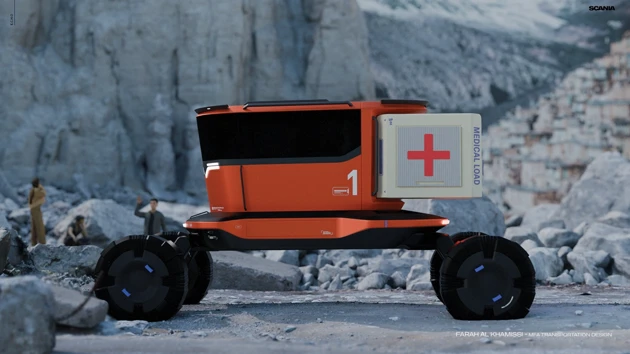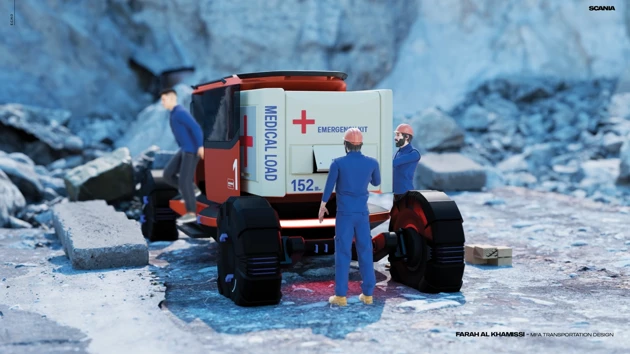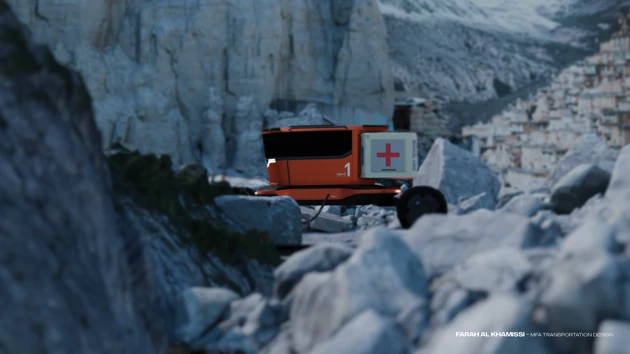Identifying the challenge.
E.C.H.O.
This thesis explores how transportation can support disaster resilience, inspired by the author’s upbringing in the climate-conscious Netherlands. It addresses the limitations of current relief systems in reaching remote and vulnerable communities. In collaboration with Scania, the project introduces E.C.H.O., an agile, electric, and modular vehicle designed for rapid deployment in disaster zones. E.C.H.O. delivers aid, navigates disrupted terrain, and supports rescue operations. Developed through speculative design and stakeholder engagement, it reflects Scania’s commitment to sustainability and social responsibility. E.C.H.O. reimagines mobility as a humanitarian tool, placing overlooked communities at the centre of its mission and advancing purpose-driven transport innovation.
Inspiration
Growing up in the Netherlands, a country acutely aware of climate threats, fostered a deep personal awareness of the need for resilient and adaptive solutions. Globally, there is an increasing number of people affected by natural disasters and forced to flee their homes. This project is rooted in rethinking and reimagining transportation as a vital lifeline in times of catastrophe. The motivation emerged from witnessing the fragility of current relief systems, especially within vulnerable communities. While some current solutions, such as modular emergency vehicles and drone-based supply chains, aim to address these challenges, they often fall short in scalability and accessibility. Informed by the author's collaboration with Scania, the project sought to align visionary thinking with practical, brand-relevant design solutions.
Process
To shape a response to the question of how transportation can enhance disaster resilience, the project began by projecting future scenarios in which vital infrastructures in isolated communities would be disrupted. Through the lens of sustainable social responsibility, the research phase examined the evolving role of mobility in disaster response, drawing insights from geographical, technological, and humanitarian perspectives. During the design process, two methodologies were used to identify the challenges that have been faced by the current relief system. First, Speculative methodology is used to draw a plausible scenario with a double-diamond approach. This led to an iterative concept with scenario mapping and stakeholder feedback to ensure contextual relevance. Scania's core values guided the key decisions, the need for modularity and rapid deployment during disasters.
Result
The resulting concept, E.C.H.O. (Heard the Unheard, ensuring No One Left Behind), proposes an agile, electric, and modular vehicle architecture tailored for disaster-stricken environments. Designed to deliver relief in the crucial early hours of a disaster's aftermath, the vehicle's adaptability makes it a vital support tool to deliver first aid and essential relief items to inaccessible communities. Its modularity and agility enable it to navigate disrupted terrains, deploy medical supplies and assist in search and rescue operations. At the core of its strategic value, E.C.H.O. reflects Scania's commitment to sustainable innovation and social responsibility. It positions the brand not only as a provider of commercial transport solutions but also as a proactive and trusted partner in humanitarian relief, reinforcing its identity through purpose-driven design.
In essence, this thesis introduces E.C.H.O. as more than just a mobility solution; it represents a vision of social commitment and resilience in the face of disaster. Drawing on the author's personal experience of witnessing displacement and the vulnerabilities that arise during crises, the project critically examines the shortcomings of current relief systems, particularly for remote and isolated communities that are often overlooked and unheard of. E.C.H.O. is not just a vehicle; it is a symbol of hope for those who need it the most. By placing these unheard voices at the centre of the design narrative, E.C.H.O. serves as both a symbolic and strategic proposition that challenges the boundaries of traditional transport design and opens new doors for brands to support vulnerable communities and provide innovative solutions.
In collaboration with:

UID25 | Farah Al Khamissi – Grad project presentation
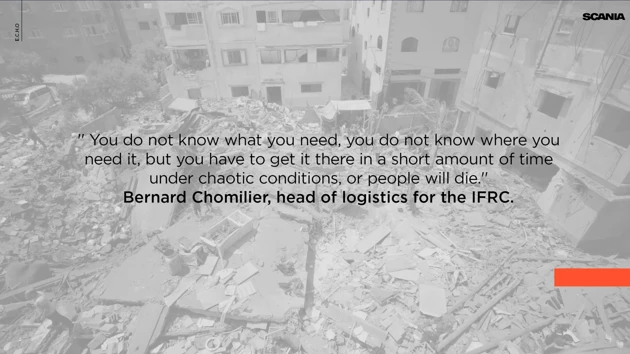
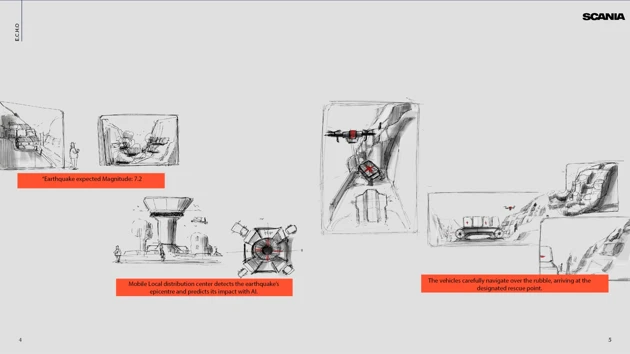
What if accessibility is possible?
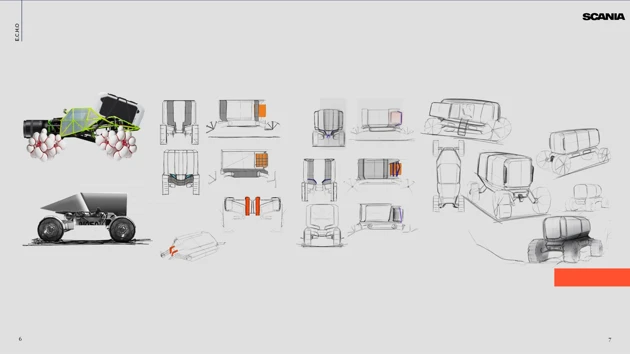
Solution exploration, design attributes.

Design that communicates trust.
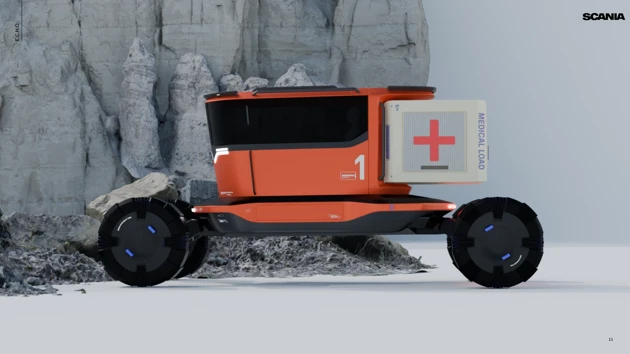
E.C.H.O – a vehicle that hears, responds and provides.
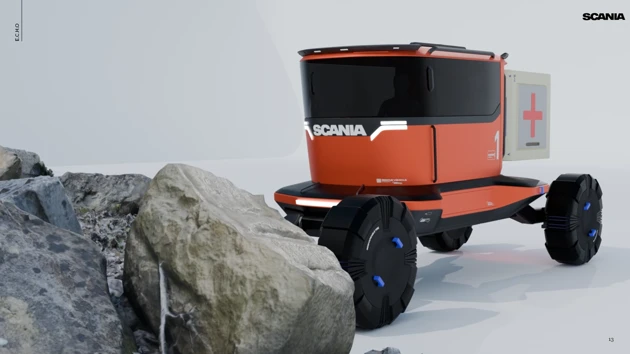
Trustful and approachable.
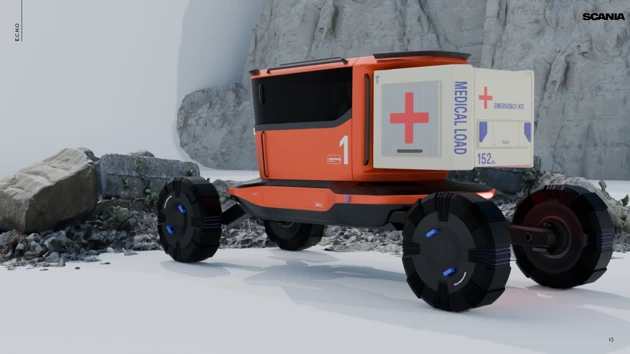
Responds during the early hours of a disaster.
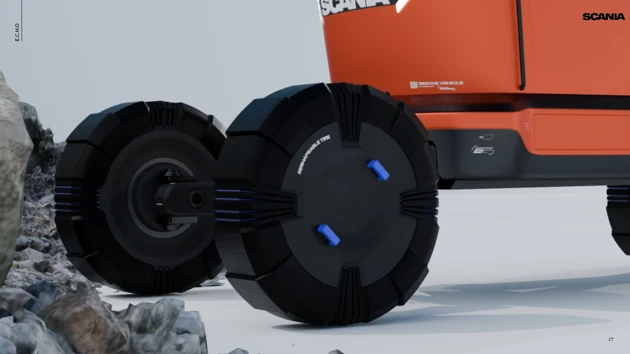
Adaptable to harsh terrains.

Designed to relieve vulnerable communities.
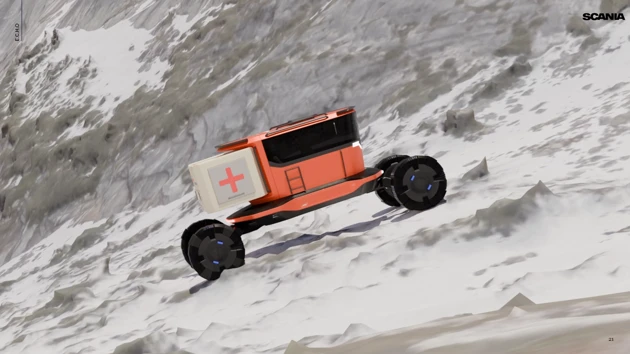
E.C.H.O hears the unheard.
